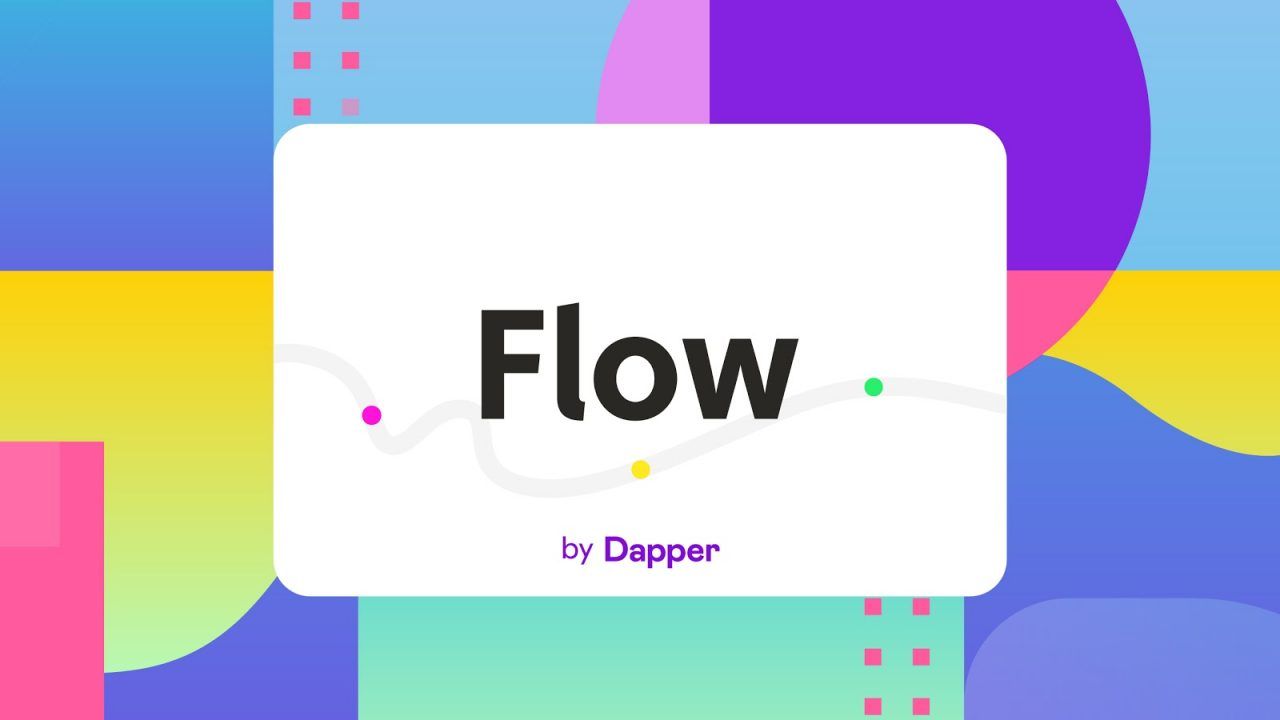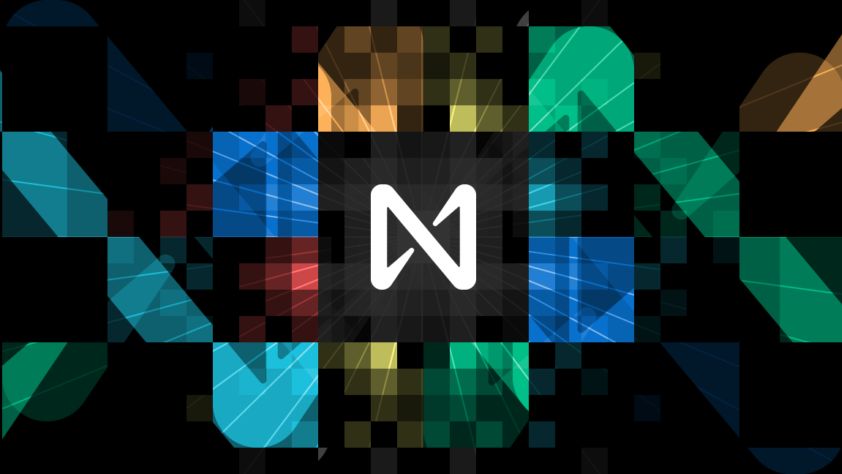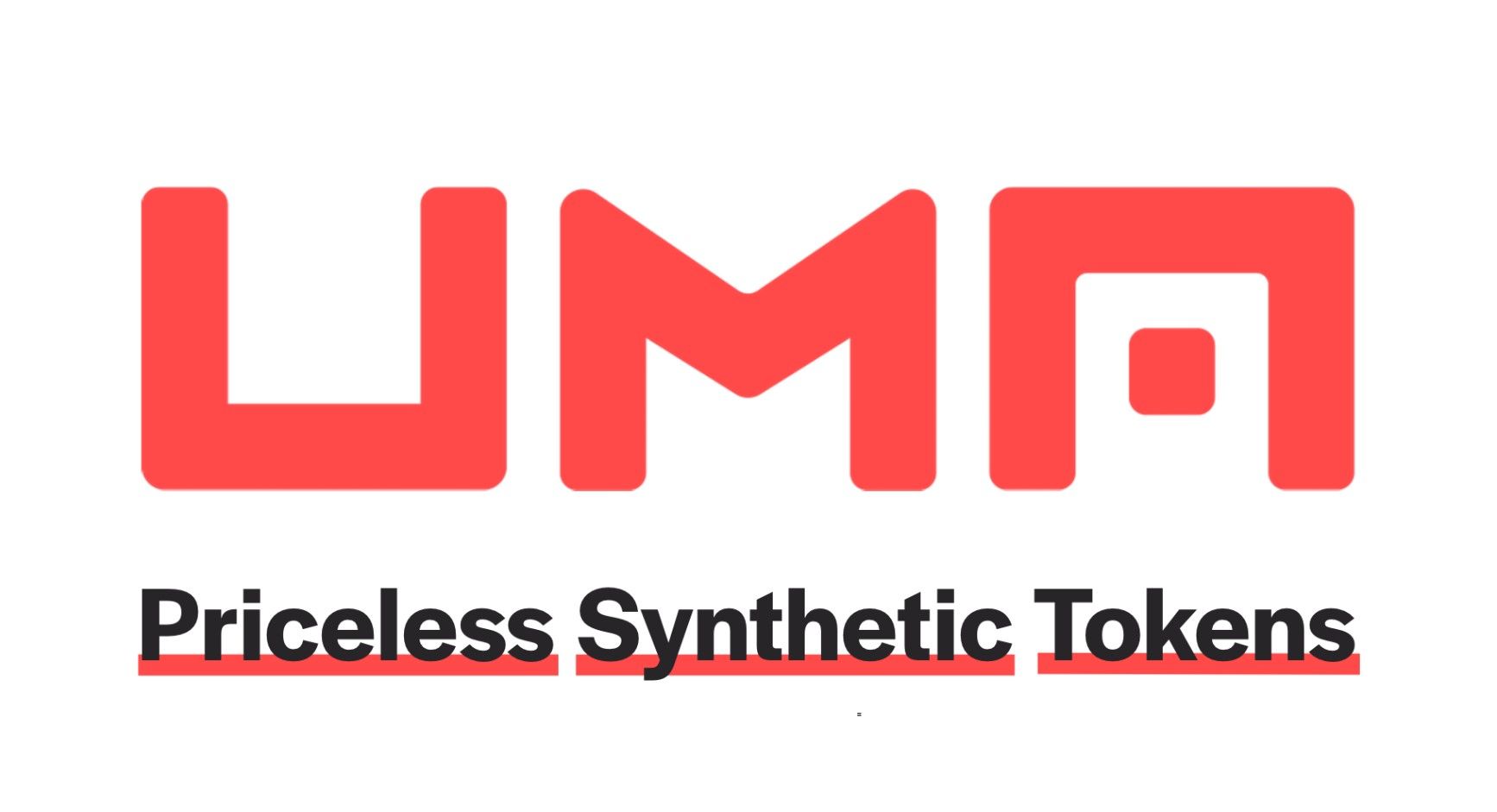@taygundoganTaygun
“Long Bitcoin, Short The Banks” @nuxxorcoin
Coinbase represents one of the world’s most popular digital currency exchanges, but the company is involved in numerous other crypto-related spheres. For instance, it has its very own investment department named Coinbase Ventures.
The goal of Coinbase Ventures is to help create a suitable open financial system. To do this, it provides funding to early-stage startups with promising ideas and dedicated teams. As such, Coinbase Ventures has invested in dozens of innovative projects that are building the future’s financial infrastructure.
This article will highlight Coinbase Venture’s long-term plans by providing readers with an overview of the most promising ventures.

Flow
Flow represents a popular blockchain platform that’s designed to serve as a foundation to apps, games and NFTs looking to deliver an unparalleled user experience.
The Flow blockchain design entails a multi-role architecture that efficiently operates without sharding requirements. The infrastructure was designed to ensure a great throughput and overall processing speed for all apps built on-top of Flow.
With this in mind, Flow manages to achieve great speed and transaction throughput by creating a separation of validator/miner roles. These are divided into collector nodes (tasked with increasing efficiency), execution nodes (facilitators of speed and scaling), verifier nodes (polices the network for accuracy), and consensus nodes (assures decentralization).
The Flow network is designed to preserve and pursue the interests of both developers and consumers. Developers can take advantage of multiple features, including the built-in logging support, upgradeable smart contracts, deterministic finality on Flow-based products, as well as the ability to craft apps using Cadence, an easy programming language. On the other hand, consumers can take advantage of human-readable security protocols that protect them against ill-willed apps, smart user accounts, and incentives for early adopters (via the FLOW token).
Together, Flow’s components help create a mainstream-ready experience. Flow-based dApps will include payment onramps and be part of well-optimized ecosystems, thereby providing an all-inclusive experience.
In this context, Flow will power the dApps of tomorrow by providing a blockchain network that’s highly-efficient and keen on providing an excellent user experience

Near Protocol
NEAR represents a decentralized application platform designed to manage and provide use case scenarios for valuable digital assets.
With this in mind, the protocol is mostly tailored for developers. By leveraging the NEAR protocol, devs can create dApps without having to rely on blockchain development skills. Project managers can then onboard users with ease, even if they are not familiar with blockchain technology and cryptocurrencies. dApp projects can then be scaled via the protocol, thereby ensuring low costs regardless of app popularity.
Scalable dApps can only be built if project managers have access to smart blockchain development tools and a simple user interface that forgoes the blockchain learning curve on the user side. From a development standpoint, NEAR users can take advantage of a well-supported OSS stack that allows the efficient creation of smart contracts. Protocol royalties can be deployed to create profitability by earning a percentage of smart contract-generated transaction fees. Regarding the blockchain UX development, NEAR facilitates easy onboarding, progressive security, and protocol-level permissions.
The NEAR protocol is based on three central pillars: sharding & scalability, consensus & validation, as well as token economics:
Sharding ensures scalability by dividing transactions across shards, thereby securing validation by multiple nodes. High transaction throughputs are therefore processed with ease. (Meet Near’s unique sharding solution Nightshade)
Consensus is assured through the integration of Proof-of-Stake mechanisms, decentralized amongst three types of validators: chunk producers, block producers, and fishermen.
NEAR’s protocol relies on the NEAR native token, which is used to pay validators.
Thus, the NEAR protocol represents an excellent choice for dApp builders looking to deploy blockchain-based apps efficiently.

UMA – Universal Market Access
UMA represents a robust protocol designed to facilitate the creation of synthetic assets and smart contracts. By leveraging this permissionless, open-source, and censorship-resistant protocol, self-enforcing smart contracts with economic guarantees can be deployed to accelerate the creation of an open financial market.
UMA’s creators are well-aware of the massive potential associated with permissionless and public blockchains, such as the Ethereum network. Given the fact that smart contracts represent an inherent part of decentralized apps, UMA’s open-source protocol allows efficient smart contract creation for interested counterparties. These contracts ensure automatic enforcement and instant settlement for custom, 2-party agreements.
Furthermore, UMA’s protocol also provides a data verification mechanism (DVM), powered by a decentralized oracle service. The platform is well-aware of the fact that oracles can be financially corrupted. To stop this from happening, the UMA DVM utilizes an economic framework to ensure security and evaluate oracle accuracy. To do this, a comparison is made between the potential profit to be obtained via corruption and the actual cost of corruption. Thus, the mechanism ensures that corruption costs are always higher than the profit, therefore eliminating any profit-based incentives for corruption.
Use case scenarios for UMA are virtually infinite. Relevant examples include creating ERC20 tokens that can track product/service prices, decentralized crypto futures, yield curves on Ethereum, margin-based derivative contracts, and many others.
As such, UMA will likely become a prerequisite for smart contract development, thanks to its automatic enforcement, instant settlement, and data verification mechanisms.

The Graph Protocol
The Graph Protocol is yet another innovative project that aims to facilitate data accessibility for blockchain developers and project managers. The service works like an indexing protocol that’s perfectly suited for querying networks. Users can develop and publish their very own open APIs as subgraphs, which can then be accessed on a per need basis.
The global GraphQL API allows the creation of a global public repository of information composed of subgraphs. Users can use the built-in functionalities to easily transform, organize, and share data across platforms for query purposes. Practically, The Graph makes proprietary indexing servers obsolete for developers. Data storage is facilitated through the usage of open networks that feature provable integrity – thus, querying becomes fast, secure, and reliable.
Efficient data indexing and queries are quintessential to building the internet of tomorrow. The Graph’s solutions are bound to ease the development of next-level DeFi projects, governance protocols, online marketplaces, and philanthropy solutions by ensuring reliability, interoperability, and security. Governance protocols, programmable money, and innovative data management can then be integrated within powerful dApps.
The Graph Protocol is carefully planning the release of The Graph Network – a decentralized platform that will accelerate dApp development while incentivising market participants. According to the startup, The Graph Network will be based on three pillars:
* Indexers: network node operators that attempt to provide great services at low prices
* Curators: data organizers that analyse subgraphs and promote useful ones
* Developers: dApp and subgraph devs that facilitate query volume throughput
In essence, The Graph Protocol will ease dApp development by indexing and querying relevant development data, thereby leading to the creation of robust, reliable, and state-of-the-art systems.
Bottom line
Based on everything that has been highlighted so far, the Coinbase Ventures portfolio includes high-potential project development protocols designed to ease and accelerate the creation of innovative dApps, capable of revolutionizing the way we transact, communicate, invest, and govern. NEAR, UMA, Graph, and Flow are only four of the projects that will positively influence the blockchain technology market of the future.
Source: https://ventures.coinbase.com/
https://near.org/
https://umaproject.org/
https://thegraph.com/
https://www.onflow.org/

